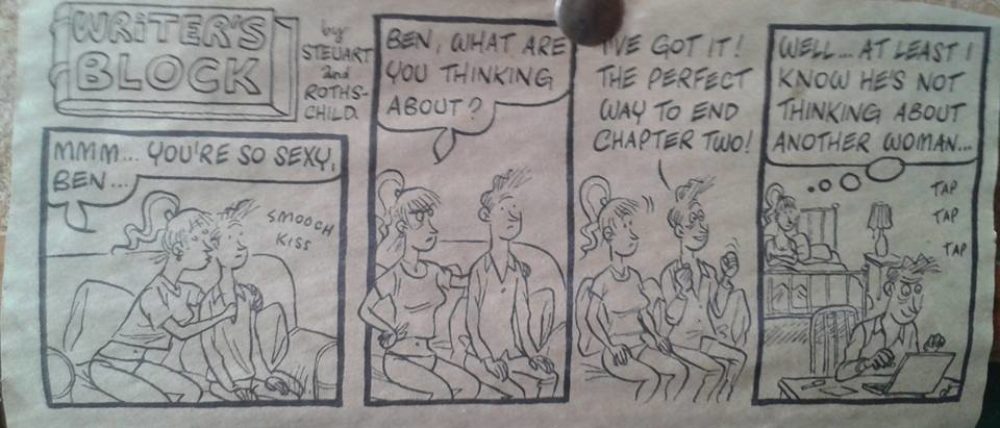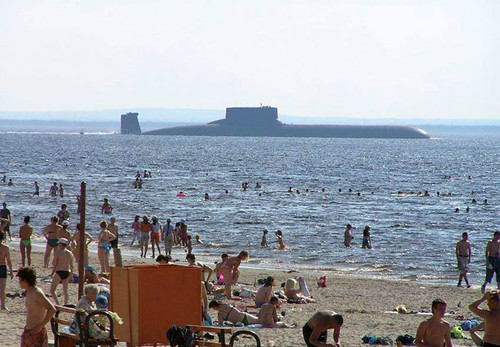In Roald Dahl’s autobiography Going Solo, one tale he tells is of going out by himself for a drink in wartime London. He was wearing his RAF uniform. He came across a gang of bruisers who had had a few too many and were all set to beat up someone, anyone in uniform. He was their next obvious target, until he turned round and they saw his pilot’s wings. Then they left him alone.
That is how highly RAF pilots were respected during the Battle of Britain. Not that Dahl flew in that at all – rather ironically he had already been invalided out of flying duties due to a bad crash earlier. But anyway.
It’s 70 years since Churchill’s the Few speech, in case you hadn’t heard. (“Excuse me, sir, I want to join the Few.” / “Sorry, we’ve got too many” etc.) There’s an interesting set of pages on the Beeb. This one describes why the other side came second: our side actually (despicably, if you ask me) used tactics and planning and good communication while Jerry was more of a “it’s better to travel hopefully than arrive” disposition. There was also the simple fact that we were over home territory, so if our boys baled out they landed at home and could get back into another plane and take off again. For them, the war carried on. And such tactics as Goring had made the somewhat elementary error, when dealing with Britain, of requiring 4 consecutive days of blue skies. Is this where “blue sky thinking” comes from?
And then there’s this one, which gives a day-by-day graphic of planes and men lost from 10 July-31 October 1940. And, wow. Take 15 August 1940, the Luftwaffe’s worst day. Boys in blue, 35 aircraft and 11 men lost. Boys in grey: 76 aircraft, 128 men, the imbalance being because our planes were single seat fighters and theirs were both fighters and multi-crew bombers.
On the RAF’s worst day, 31 August: 41 planes and 9 men on our side, 39 and 21 on theirs. Looking at the chart I don’t think there’s a single day when our losses outweighed theirs.
It’s hard to talk about this and not sound like I’m gloating or discussing cricket scores. Whenever I catch myself heading in that direction I try to think of it in the terms of the time: the death columns in the papers, the telegrams from the War Office and all that.
Doesn’t stop the warm glow, though. And if you should chance to meet a Battle of Britain veteran, take time to thank them.

